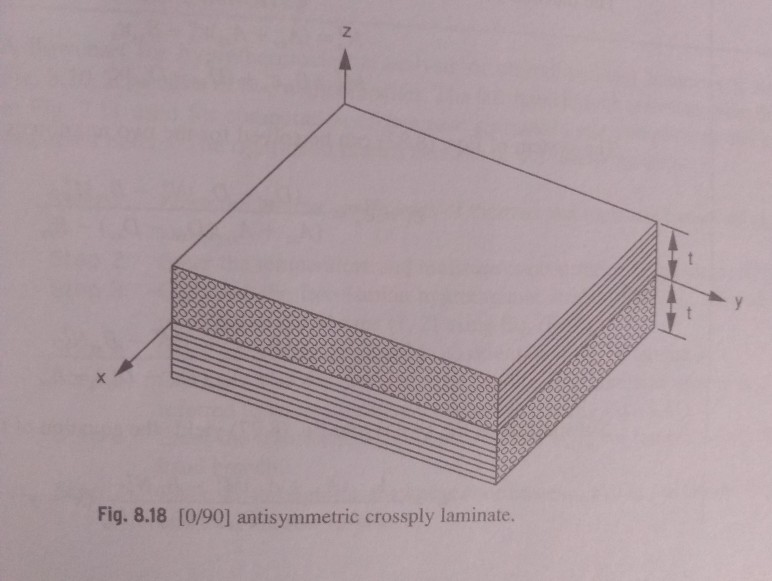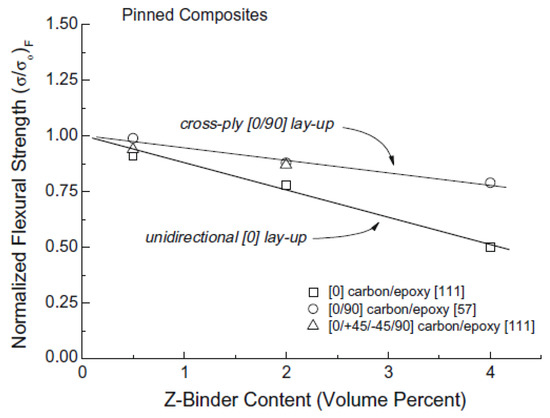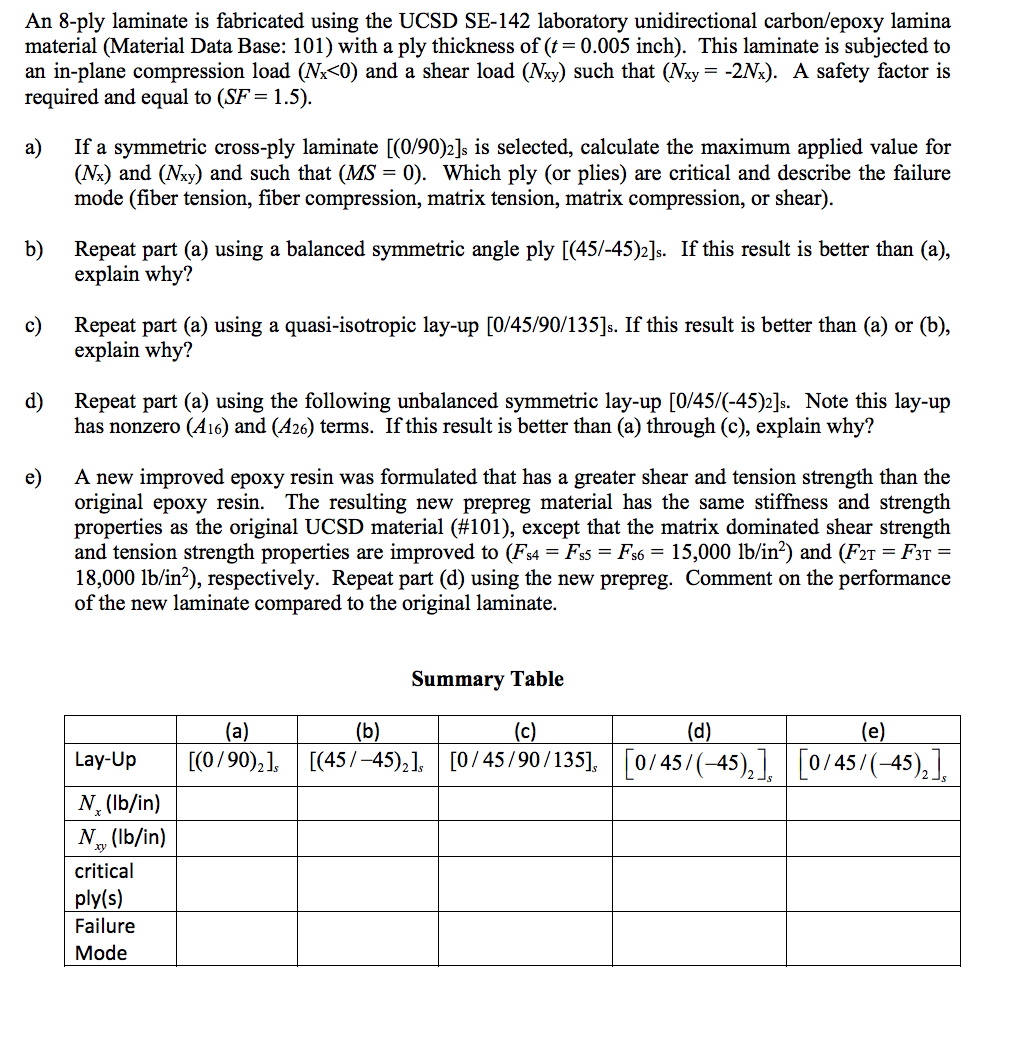This study examined the processing and mechanical properties of cross ply and quasi isotropic composite laminates processed using aligned multi walled carbon nanotube epoxy prepreg sheets.
Carbon epoxy crossply laminates.
Thermal expansion coefficient longitudinal.
Properties carbon epoxy composite tube.
The aim is to unfold the damage accumulation process understand the interaction between different damage mechanisms and quantify their contribution to stiffness degradation.
This study investigates the early fatigue damage of cross ply carbon epoxy laminates.
The study of these two laminates allows to compare the evolution of transverse cracks in mode i for different ply thicknesses and types embedded and outer plies in both loading scenarios.
Three kinds of cnt epoxy laminates 0 90 s 60 0 60 s 0 45 90 45 s were successfully fabricated using aligned cnt epoxy prepreg sheets.
Soutis examined the compressive failure of the cross ply laminates using t800 924c carbon epoxy the results demonstrated that with fractographic methods it is prohibitively difficult to evaluate the ply interactions because of the extensive post failure damage.
The process of matrix cracking has been analysed for two different carbon epoxy cross ply laminates under static and fatigue loading.
Materials tested were unidirectional cross ply tape and bidirectional woven textile fabric carbon fiber lay up architectures impregnated with standard and rubber.
Young s modulus longitudinal.
As a result despite of these experimental studies aiming to study the compression failure mechanisms of cross ply laminates direct experimental evidences on the failure initiation and evolution processes are still needed to.
In part i of this study quasi static and impact bending properties of four aeronautical grade carbon epoxy laminates have been determined and compared.
16 19 it can be seen that the prediction underestimates the stiffness reduction at high fatigue cycles.
Properties carbon epoxy composite rod.
Compressive strength longitudinal.
Pressive failure of the cross ply laminates using t800 924c carbon epoxy the results demonstrated that with fractographic methods it is prohibitively di ffi cult to evaluate the ply.
Volume fraction of fibres 55 60.




























